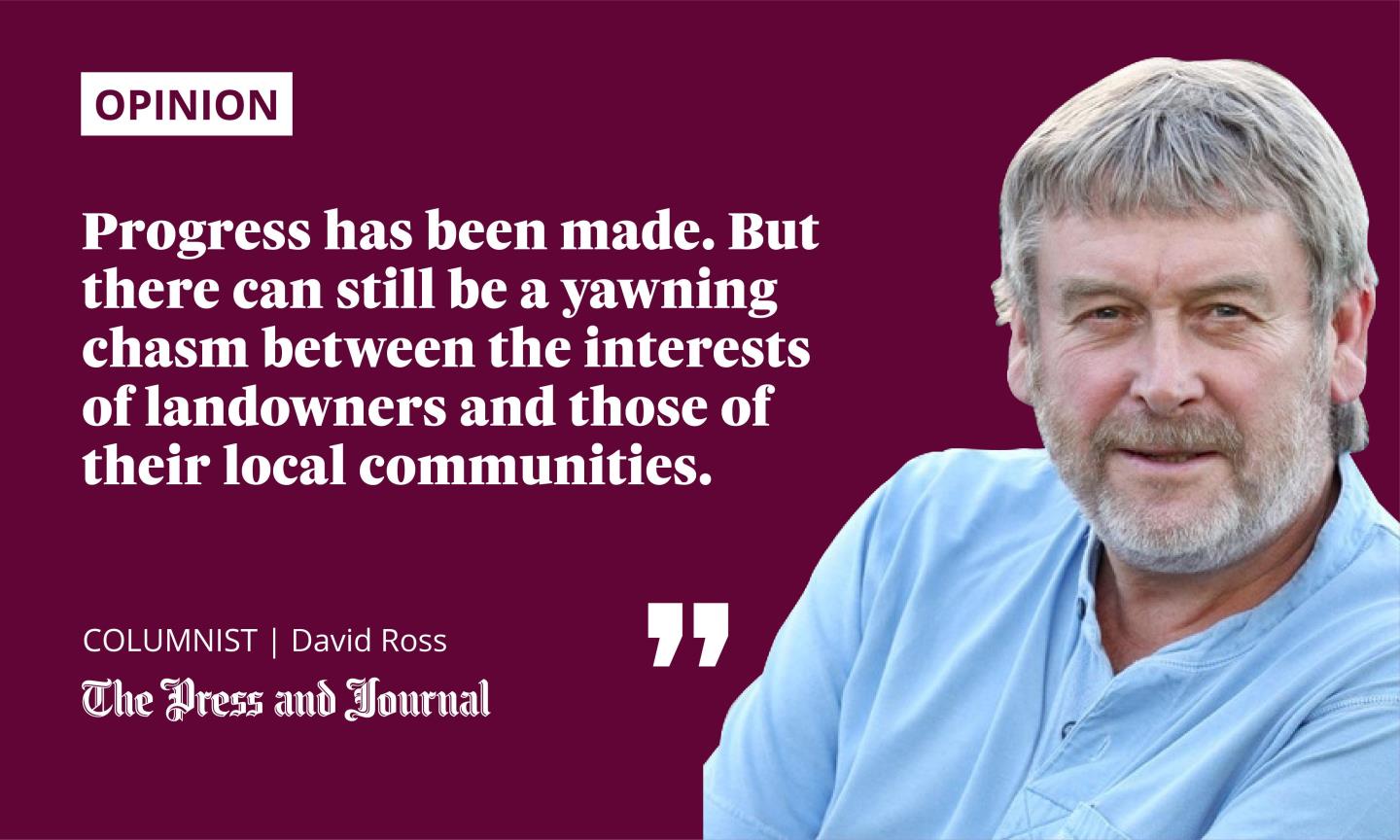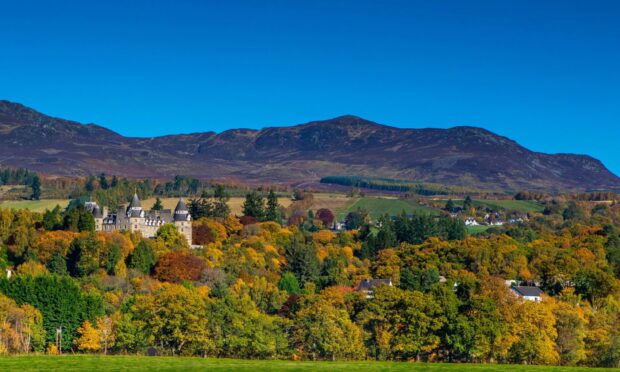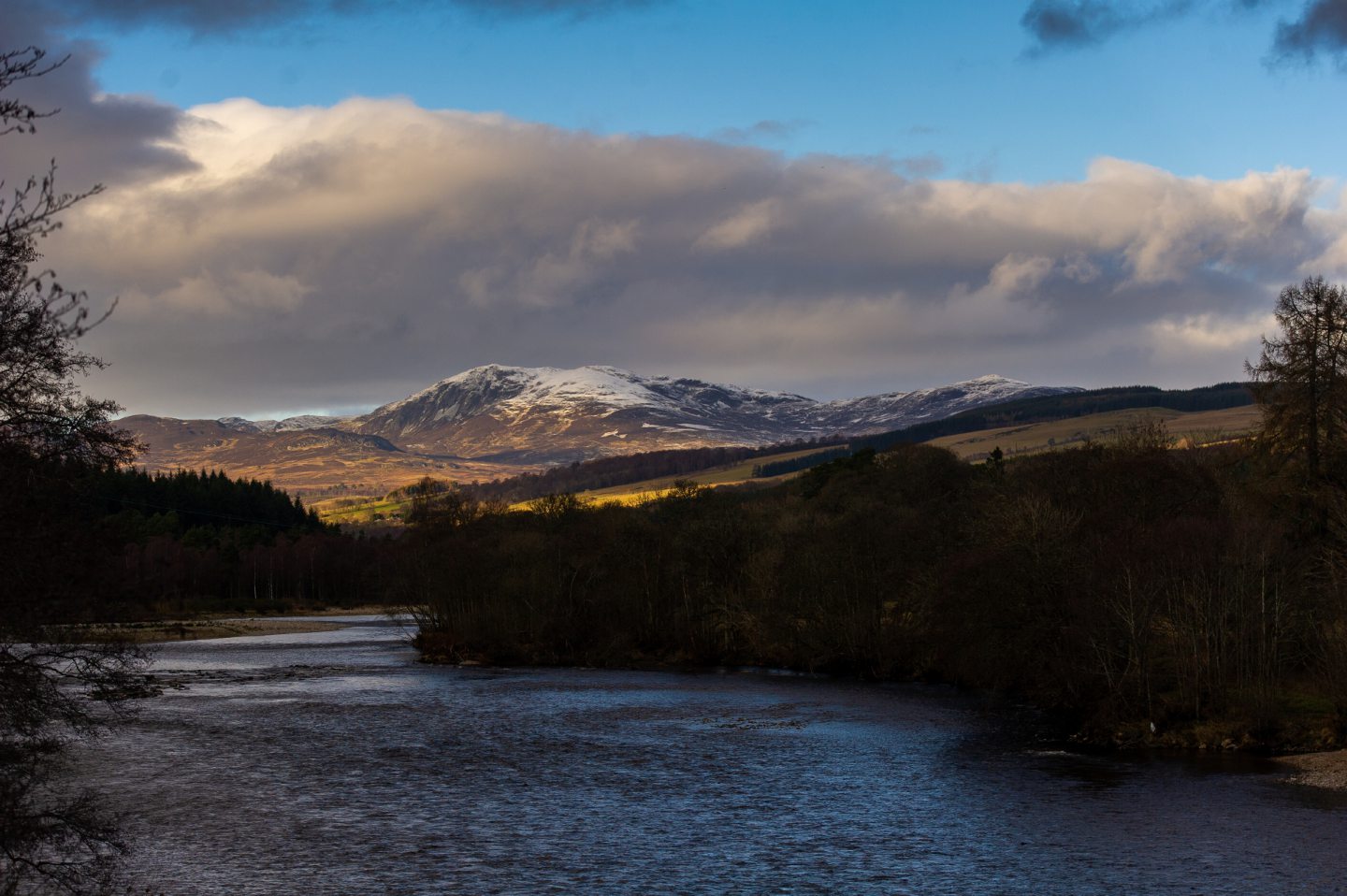My brother-in-law, Angus, spent the long months of lockdown productively, writing a book about his forebears.
Not with a view to publication, although many poorer works have been released. Rather, it was to make sure his children and those of his brothers would know something more about who they were. It is a compelling tale, with some surprises.
Angus’s paternal grandfather was born on a croft in Iona, as was my maternal grandfather – the two actually shared a desk in the island school. His was Coll A Macdonald, one of nine brothers whose ancestors were thought to have arrived from Glencoe in the aftermath of the massacre of 1692.

While his brothers became sea captains, Coll A, as he was always known, became a distinguished Church of Scotland minister. One of his charges was Logierait on the north bank of the River Tay, just before it meets the Tummel in Highland Perthshire.
It was here that he and his wife Elizabeth, also a native Gael, brought up their four sons. Their Logierait manse was the focus of much community, and indeed political campaigning. It was in the parish of Atholl. The Macdonalds were to do battle with both the Duke and the Duchess of Atholl.
Building halls – and bridges
In a highly unusual move for a Presbyterian minister’s wife, Elizabeth, stood as the Liberal candidate against the duchess in 1935, polling a respectable 10,000 votes. But it was 5,000 behind her aristocratic opponent, who was later to become known as the “Red Duchess” for her support for the Republican side in the Spanish Civil War.
The duchess was to resign the Tory whip twice, the second time in 1938, over Neville Chamberlain’s appeasement of Hitler. Mrs Macdonald was ready to stand in a resulting by-election. But the Liberal Party’s leadership persuaded her not to, because they supported the stance taken by the duchess. The official Tory candidate won.
Coll A, meanwhile, was to have a very public fight with the duke, which was to end up in court in 1926. It was over the proposal, first made in 1914, to build a “public hall and reading room” in Ballinluig. The duke assumed he would take control of the project. He would give a site for a nominal sum, organise the building of a steel hall (Atholl Estates owned a company called Atholl Steel Houses, Ltd) then gift it back. The local residents who raised the bulk of the funding, however, wanted a more expensive brick structure.
After the First World War, the project was revived. There was a committee generally sympathetic to the duke’s position, which included Coll A. He resigned from it as the local community lost faith in the direction it was taking. A new committee was formed by a public meeting.
Over 80% of Scotland is privately owned, half of it by fewer than 500 owners
The rump of the “duke’s committee” not only refused to recognise the rival body, but launched legal action to get access to the equivalent of £66,000, raised largely by the local women’s guild. Its treasurer was Elizabeth Macdonald. She was named in the legal papers lodged. These initially included Coll A as one of the pursuers – effectively suing his own wife – not recognising he had resigned from the duke’s committee.
The sheriff found for Mrs Macdonald and the women’s guild. In 1931, the brick-built hall was officially opened by the Duke of Atholl, at the invitation of the Convener of the Hall Committee, Coll A.
Bridges, as well as halls, were being built.
Powerful landowners are still entitled today
The saga captured public attention. London’s Daily Herald declared: “Never before has the Duke been defied in his own domain, and the minister of Logierait has become a kirk Rob Roy, hurtling defiance at Duke and Duchess.”
This wasn’t the Highland Clearances. It was one small example of a large hereditary landowner thinking he knew what was best for local people. This power and sense of entitlement that accompany ownership of land remain. Over 80% of Scotland is privately owned, half of it by fewer than 500 owners.
Earlier this year, the Scottish Land Commission recommended to ministers that all large or important land sales be subject to a legally enforceable public interest test. It would be an important step
Progress has been made. But there can still be a yawning chasm between the interests of landowners and those of their local communities.
In 2019, the Scottish Land Commission published a report which found that some tenants still fear repercussions for “going against” their landowner. Fears rooted, as the commission noted, “in the perceived ability of landowners to inflict consequences such as eviction or blacklisting for employment/contracts on residents should they so wish”.
Earlier this year, the commission recommended to Scottish ministers that all large or important land sales be subject to a legally enforceable public interest test. It would be an important step. We can’t be sure there will be a Coll A Macdonald around.
David Ross is a veteran Highland journalist and author of an acclaimed book about his three decades of reporting on the region

